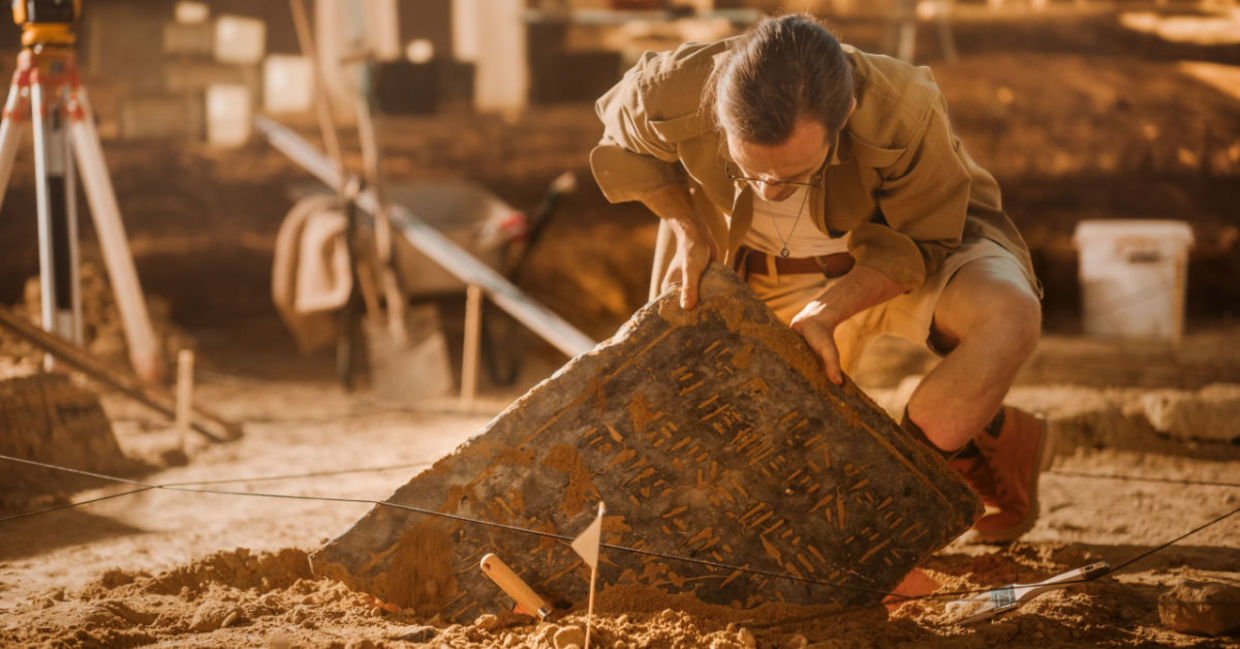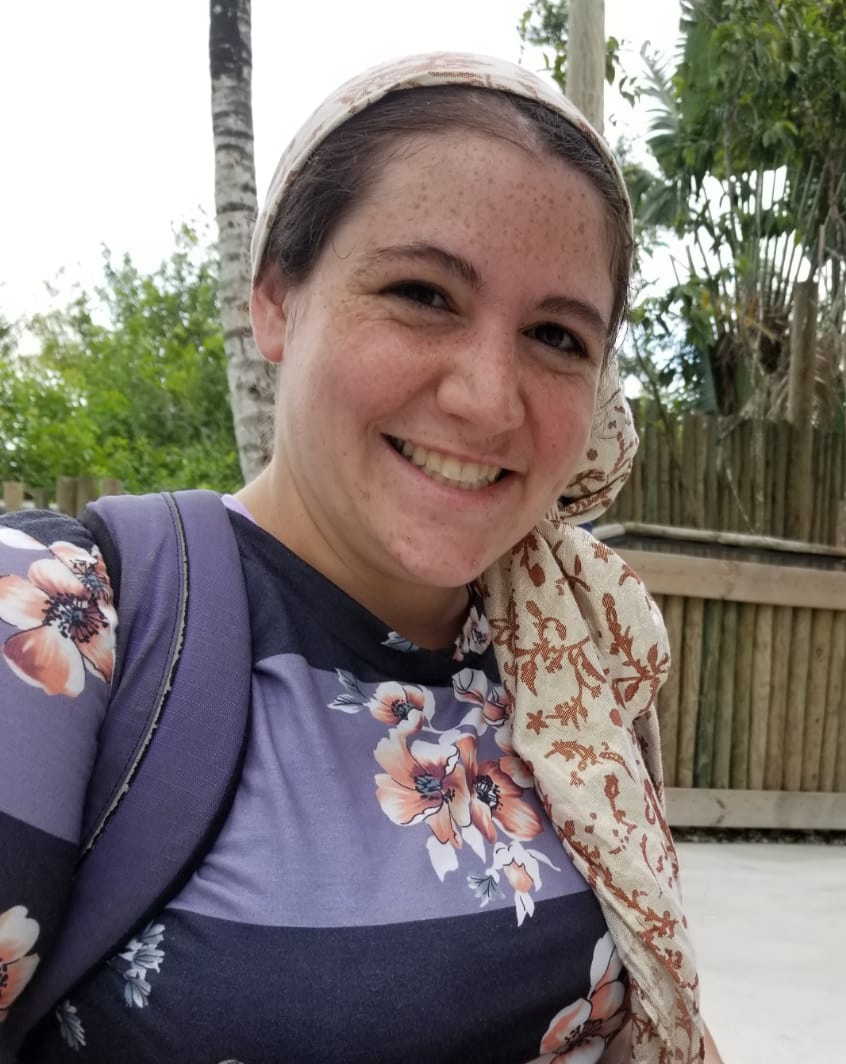
(Gorodenkoff/Shutterstock.com)
The past, the present, and the future coalesce in a new, futuristic Artificial Intelligence application that helps archaeologists discover lost worlds. Interesting Engineering reports on a machine learning program that researchers have taught to spot likely archaeological sites from satellite imagery, thus informing excavators on where they can direct their digging attention.
View this post on Instagram
Looking for patterns
Interesting Engineering provides the context for how the AI program works. Scientists used almost 5,000 known Mesopotamiam archaeological sites to train the model on the shapes of these sites from aerial and satellite photos. Subsequently, the program learned to generalize and spot these shapes and patterns on new satellite imagery.
However, there was a catch. Although 5,000 sites may seem like a lot, in the context of machine learning it wasn’t necessarily sufficient data. “The dataset, while may be considered a very large one for near eastern archaeology with its almost 5,000 sites, is hardly sufficient for training a model as large as the state-of-the-art ones we see in use today and, perhaps more significantly, contains many cases that are visible only on certain old imagery,” the researchers who trained the model wrote.
Humans and computers working together
The solution was a novel form of cooperation between the researchers and artificial intelligence. In addition to letting the program learn on its own, scientists kept experienced humans in the loops to fine tune the data for training and to evaluate the output. The result produced a model that can spot Mesopotamian sites with 80 percent accuracy.
The researchers explained, “We envision a tool for human-AI collaboration to support the archaeologists in the remote sensing operations (rather than replace them) and propose a new kind of workflow, enhancing both their task and the model by providing improved data after every use.”
AI partnering with archaeologists
AI models have been supporting archaeologists in other ways for some time now. For example, as Arkeonews reports, Turkish researchers fed photographs of ancient Hittite tablets into a machine learning algorithm. The program decoded and translated the ancient language with more than 75 percent accuracy.
Zeynel Karacagil, a project coordinator told Arkeonews, “The rate of 75.66 percent in the first phase is a great success for the academic community and our country. It is the first time that cuneiforms in Hittite have been translated in this manner. It is a source of pride for us to achieve such success for the first time with our local and national researchers.”
Hypebeast reports on another AI-archaeology partnership that aims to use futuristic technology to uncover the past. RePAIR is the nickname for a program titled “Reconstructing the Past: Artificial Intelligence and Robotics meet Cultural Heritage. Essentially RePAIR is a specialized puzzle-solver. It can piece together shattered ancient artwork, frescos, and pottery.
These are just a few of many examples of how ground-breaking technology is helping archaeologists break ground and learn more about the artifacts they uncover. Researchers are excited about the future potential of AI to uncover hidden secrets and reveal long-forgotten historical ruins. With new advancements in AI technology being discovered every day, who knows what ancient mysteries may be unearthed next?
YOU MIGHT ALSO LIKE:
Study Finds That Pigeons May Be as Smart as AI
Specialized AI Reduces Traffic and Travel Times
Global Guides Are Bringing History to Life at This Museum







